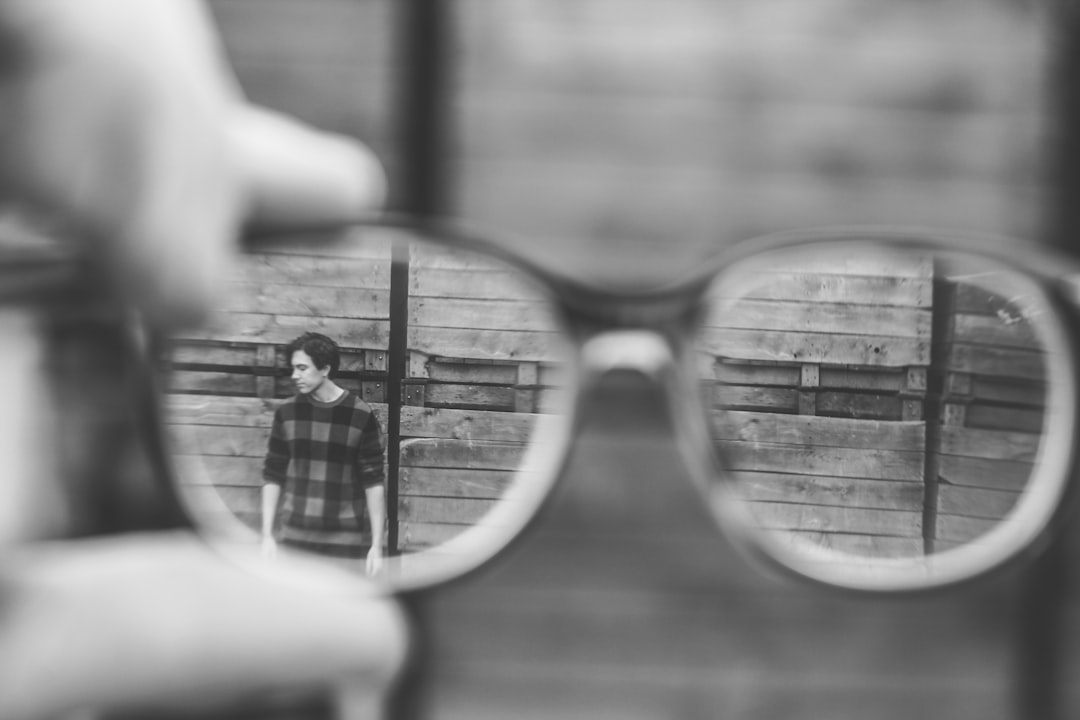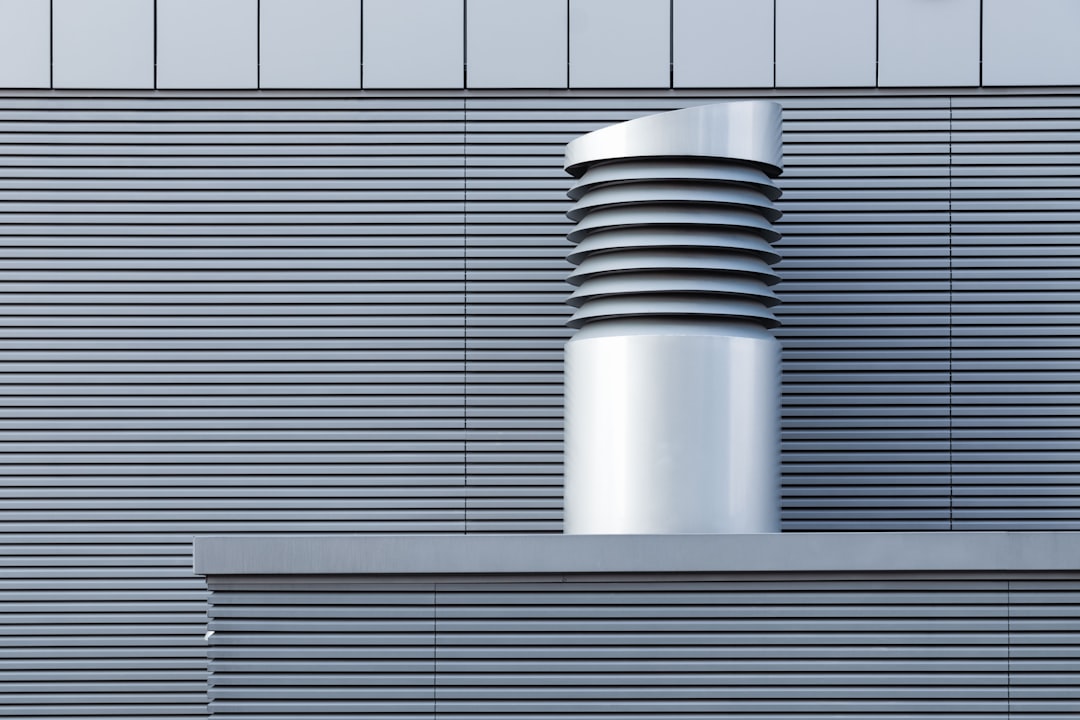What is it about?
Lithium Fluoride is a currently very popular material, used as passivation and charge transport layer in a very wide variety of applications, including organic light-emitting devices and solar cells. The objective of this work is to provide a better understanding of the interface properties of LiF on n-type silicon (n-Si) by comparing it to the well-known Al2O3.
Featured Image

Photo by MICHAEL WILSON on Unsplash
Why is it important?
Despite the good properties of lithium fluoride, its exact interface properties on silicon still remain vastly unexplored, and it is unclear whether this material could be used beyond the current state of the art. This work aims at providing more information about these interface properties, which could be of great importance for reaching beyond the state-of-the-art silicon solar cells but also to improve other silicon-based devices in which passivation is key.
Read the Original
This page is a summary of: Comparative study of the interface passivation properties of LiF and Al2O3 using silicon MIS capacitor, Applied Physics Letters, April 2024, American Institute of Physics,
DOI: 10.1063/5.0203484.
You can read the full text:
Contributors
The following have contributed to this page










